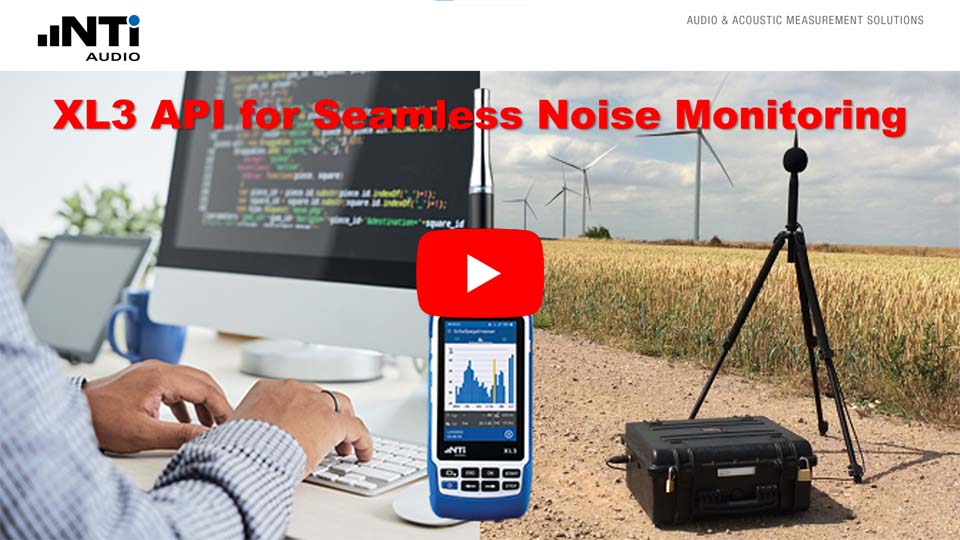The webinar guides you through the utilization of the XL3 Acoustic Analyzer's API (Application Programming Interface). This robust tool enables full control of the XL3 in two principal ways,
- Traditional communication through queries and responses - an established approach that is fully supported by the XL3.
- The streaming API, which is a powerful tool particularly well-suited for the implementation of monitoring applications.
Our primary focus is on the second method. Thereby, we establish an example of a noise monitoring software, which covers various aspects such as configuration, streaming measurement values, audio recordings and SOH (state of health) information. The example is implemented by using Python. It is worth noting that while Python skills are beneficial, they are not mandatory to comprehend the webinar content.

Read more about the XL3 Sound Level Meter